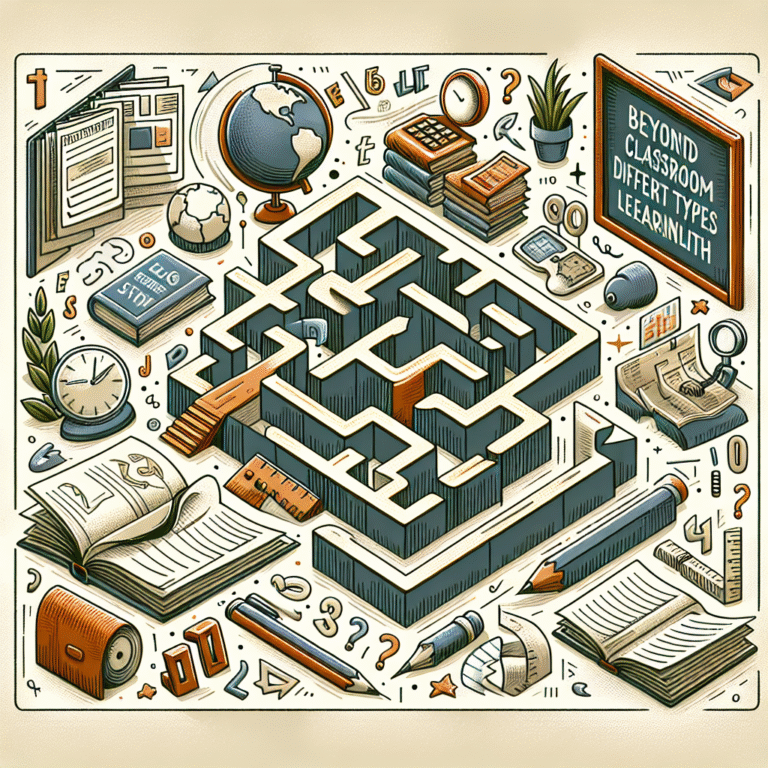
Behavioral Economics and Advertising: Bridging the Gap Between Insight and Influence
Introduction
In a world where consumer choices can often seem irrational, understanding the psychology behind these decisions becomes essential for marketers and advertisers. Enter behavioral economics—a field that combines insights from psychology and economics to elucidate why individuals make the choices they do. In "Behavioral Economics and Advertising: Bridging the Gap Between Insight and Influence," we delve deep into how behavioral economics shapes advertising strategies, guiding businesses from mere insights to actionable influence.
Understanding Behavioral Economics
What is Behavioral Economics?
Behavioral economics diverges from traditional economic theories. While classic economics assumes that individuals are rational actors who make decisions based purely on logical considerations, behavioral economics acknowledges that emotions, cognitive biases, and social factors significantly influence our decisions. This branch explores the “why” behind consumer behaviors, offering marketers an invaluable toolkit.
Key Principles of Behavioral Economics
Anchoring Effect: The tendency to rely heavily on the first piece of information encountered (the "anchor") when making decisions. For instance, if a shirt is first presented at $100, and then marked down to $70, consumers often view it as a good deal due to the initial anchor price.
Loss Aversion: The principle that losses loom larger than gains. This means that the pain of losing $20 is more intense than the joy of gaining $20, which can be a powerful motivator in advertising.
Social Proof: Many individuals look to others for cues on how to behave, particularly in uncertain situations. Advertisers frequently employ testimonials, reviews, and celebrity endorsements as forms of social proof to influence buying decisions.
- Scarcity: Items that are perceived as scarce are often considered more valuable. This principle can lead to effective advertising strategies that highlight limited-time offers or exclusive products.
Why Behavioral Economics Matters in Advertising
The intersection of behavioral economics and advertising is crucial. By understanding consumer psychology, businesses can craft ads that resonate deeper than mere promotional messages. This is more than just effective marketing; it’s about creating meaningful connections with consumers.
Real-World Applications: Case Studies
Case Study 1: Coca-Cola’s "Share a Coke" Campaign
Coca-Cola’s signature campaign personalized the consumer experience by replacing its iconic logo on bottles with the most popular names. This strategy leveraged the principle of social proof and personalization, making every purchase feel unique.
Analysis: The campaign not only boosted sales but also created a sense of community among consumers. By bridging the gap between insight (knowing consumers favor personalized experiences) and influence (encouraging purchases through meaningful engagement), Coca-Cola effectively utilized insights derived from behavioral economics.
Case Study 2: Amazon’s One-Click Buying
Amazon revolutionized online shopping through its one-click purchasing feature, simplifying the buying process and eliminating friction.
Analysis: This tactic minimizes decision fatigue, a concept rooted in behavioral economics, where the more choices presented, the more overwhelming the buying process becomes. By streamlining this, Amazon encourages impulse buys and increases conversion rates—an excellent example of turning insight into influence.
Strategies for Leveraging Behavioral Economics in Advertising
Harnessing the Power of Framing
The way information is presented greatly influences consumer perception. For example, stating that a product is "85% fat-free" rather than "contains 15% fat" can change the consumer’s response due to positive framing.
Creating a Sense of Urgency
Incorporate limited-time offers or countdown timers in advertisements to exploit the scarcity principle. This not only triggers a sense of urgency but also amplifies the perception of value.
Engaging Through Storytelling
Narratives captivate audiences and can evoke empathy and connection. By telling a story that aligns with the consumer’s values and emotions, advertisers can forge deeper relationships and drive engagement.
Utilizing Behavioral Nudges
Small tweaks in the way choices are presented can guide consumers toward desired actions. For instance, placing healthy options at eye level in a grocery store can nudge consumers toward better dietary choices.
Integrating Social Proof
Incorporating reviews, testimonials, or user-generated content can create trust and validate consumer choices. This is particularly effective on social media platforms where peer influence is substantial.
Insights from Data: Trends and Findings
Table 1: Key Behavioral Economics Insights and Their Advertising Applications
| Insight | Description | Advertising Application |
|---|---|---|
| Anchoring Effect | Influence decisions based on initial information | Use high reference prices to showcase discounts |
| Loss Aversion | Losses impact decisions more than gains | Emphasize what the consumer might miss out on |
| Social Proof | Individuals look to others for cues | Incorporate customer testimonials and ratings |
| Scarcity | Limited availability increases desirability | Highlight time-limited promotions and exclusive offers |
Charts and Graphs
Chart 1: The Impact of Scarcity on Consumer Behavior
- A study found that products marketed as scarce saw a 60% increase in sales compared to those marketed as abundantly available.
The Role of Technology in Behavioral Advertising
Data Analytics and Targeted Advertising
The rise of big data has enabled advertisers to analyze consumer behavior at unprecedented levels. By observing purchase history, online behaviors, and demographic information, advertisers can tailor their messages in real-time. Data analytics helps bridge the gap between insight—understanding consumer habits—and influence—crafting personalized messages that resonate.
Machine Learning and Predictive Modeling
These technologies allow advertisers to predict future behaviors based on past actions. By harnessing machine learning algorithms, brands can optimize their ads for specific consumer segments, thereby increasing the likelihood of engagement and conversion.
Conclusion
Behavioral economics offers a rich framework for understanding consumer behavior, providing advertisers with insights that can be transformed into influential marketing strategies. By embracing principles such as loss aversion, social proof, and scarcity, brands can craft compelling narratives that resonate deeply with their audiences. The journey from insight to influence is not just about making a sale; it’s about building relationships and fostering connections.
As you explore the landscape of behavioral economics and advertising, remember that every touchpoint is an opportunity to engage, influence, and inspire. Actionable insights are at your fingertips—utilize them to create powerful advertising campaigns that truly resonate.
FAQs Section
1. What is the core premise of behavioral economics?
Behavioral economics combines insights from psychology and economics to explain why people make seemingly irrational decisions.
2. How can advertisers apply the concept of loss aversion?
Advertisers can highlight what consumers stand to lose if they don’t purchase, framing messages to evoke a fear of missing out.
3. What role does social proof play in consumer decisions?
Social proof influences individuals by showcasing that others have made similar choices, thereby validating their decisions.
4. How does scarcity affect consumer perception?
Scarcity can enhance the perceived value of a product, leading consumers to make quicker purchasing decisions due to fear of missing out.
5. What are some digital tools to implement behavioral economics in advertising?
Data analytics, machine learning, and customer segmentation tools are essential for leveraging behavioral insights in digital advertising strategies.
By integrating these practices, businesses can effectively bridge the gap between insight and influence, driving not only sales but meaningful consumer engagement.















